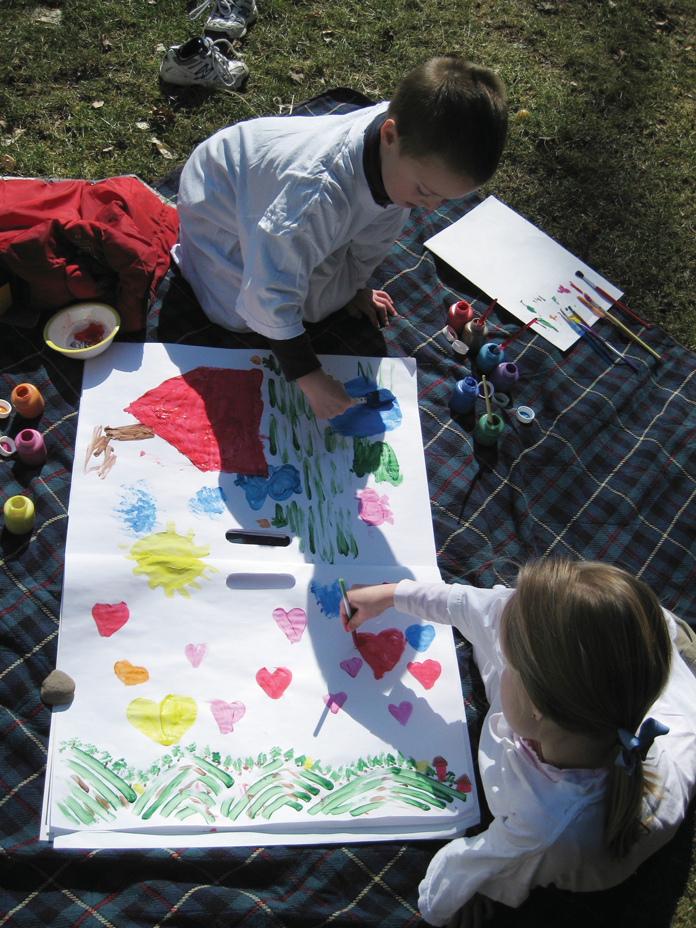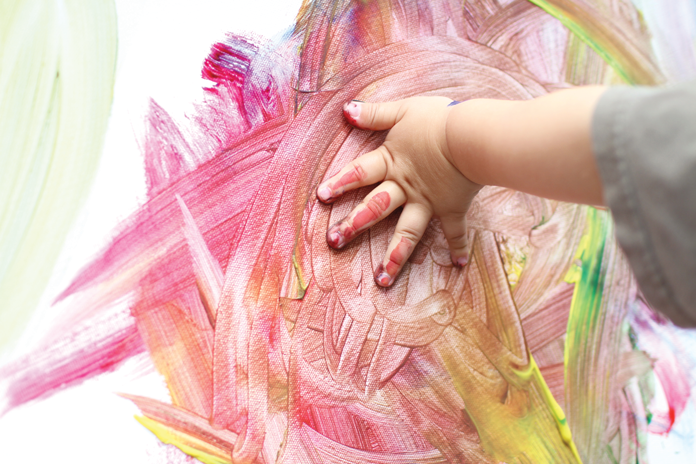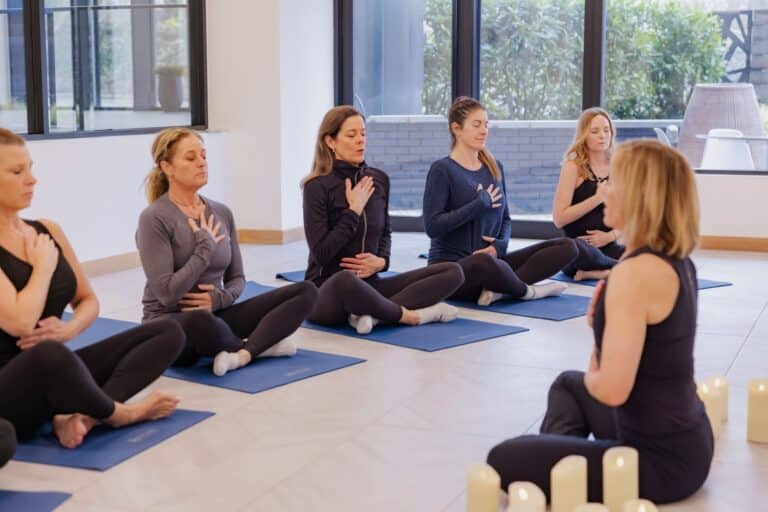Encouraging budding Picassos or Monets to express themselves through painting, drawing or sculpting might help them develop a career as a professional artist. But what’s far more likely? They’ll build skills that will aid them in many aspects of their lives. In this way, the visual arts are like sports, but with a more rapid benefit curve. “Art allows children in a relatively short period of time to witness the fruits of their own labor—in a tangible way,” says Katherine Noble, M.D. (“Dr. Katy”) of Sound Beach Pediatrics and mother of three. She adds, “For children who struggle with coordination and gross motor skills and do not excel in sports, the arts offer another important avenue to build their confidence.” Here, Dr. Katy weighs in on the benefits of art.
Organic Learning Opportunities
Setting up a play date full of finger paint and plenty of drop cloths can be messy and fun but also incredibly enriching to growing brains. “Both visual-spatial skills and fine motor skills are challenged, particularly for toddlers and preschoolers,” says Dr. Katy. At the John Hopkins University School of Education Summit in 2009, researchers found a clear connection between art and the activation of neural networks. “On a practical level, through art, children can learn to focus their attention, filter out distractions and develop self-control,” says Dr. Katy.
Practice Being Creative and Solving Problems
Even famed artist Damien Hirst has to work through issues that crop up, and your amateur artist will do the same. “Art promotes dedication and perseverance—the ability to see a project through from start to finish. It encourages a child to ‘think on one’s feet,’ be innovative and problem solve, all of which are terrific life skills,” says Dr. Katy.
A Chance For You To Connect
Dr. Katy observes, “We live in a fast-paced community and ‘being present’ with our children is sometimes a challenge. Art provides a special way for parents and children to slow down and connect, verbally and nonverbally. Sitting with your child to sculpt with clay or play dough, or drawing or painting together is a wonderful activity, indoors or outdoors!” she adds.
A Moment For You To Step Back
Let your child be the creative director, and avoid telling them what to paint, or finishing up a doodle that appears unfinished to you, says Dr. Katy. “By allowing your child to direct the process in creating his or her piece of art, you are nurturing the creative spirit. By asking open-ended questions about his or her work, you are encouraging verbal communication skills, and may at the same time learn something new about how your child thinks or what is important to him or her.”
Our Expert: Dr. Katy is the managing partner of Sound Beach Pediatrics in Stamford, CT, and has been practicing in lower Fairfield County since 2003. For more on kids and art, go to soundbeachpediatrics.com.

(Finger-Painting: Olga Bogatyrenko/SHUTTERSTOCK.com)





